 During their VSTE 2020 session, Student Engagement through Choice and Project-Based Assessment: Skills for Future Readiness, Lindsay Krauss, Instructional Technology Coach for Prince William County explored project-based choice assessments to enhance student engagement. She discussed ideas for how to implement project-based assessment with elementary and secondary students that included student choice for different learning styles. She also included specific tech tools as examples of choice that students could use collaboratively or individually to create podcasts, newsletters, and videos.
During their VSTE 2020 session, Student Engagement through Choice and Project-Based Assessment: Skills for Future Readiness, Lindsay Krauss, Instructional Technology Coach for Prince William County explored project-based choice assessments to enhance student engagement. She discussed ideas for how to implement project-based assessment with elementary and secondary students that included student choice for different learning styles. She also included specific tech tools as examples of choice that students could use collaboratively or individually to create podcasts, newsletters, and videos.
When students are offered choice the outcome is increased student engagement. In this instance, choice is defined as, the learner has choice in how they learn and options on how they demonstrate mastery. Lindsay spoke about why student choice and gave the following reasons.
- Differentiation
- Engagement
- Ownership and Buy-in
- Independence
- Connection
- Confidence
- Competence
- More fun
When talking about engagement it is important to remember that there are different levels of engagement. Student choice leads to the top form of engagement. The Schlechty Center has five levels of engagement.
- Rebellion: Diverted Attention - No Commitment
- Retreatism: No Attention - No Commitment
- Ritual Compliance: Low Attention - No Commitment
- Strategic Compliance: High Attention - Low Commitment
- Authentic Engagement: High Attention - High Commitment.
Student choice leads to the highest level: Engagement, which is defined as, the student associates the task with a result or product that has meaning and value for the student. The student will persist in the face of difficulty and will learn at high and profound levels. It is for this reason that we want to offer students more opportunities for choice.
You can watch Lindsay’s VSTE 2020 presentation on the VSTE Youtube Channel and resources from Lindsay’s presentation can be found on her Wakelet site.
Heather Hurley is a member of the VSTE Board of Directors and chairs the Outreach Committee. Heather is the Personalized Learning Specialist in Arlington County Public Schools.



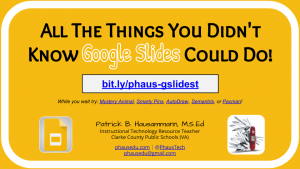
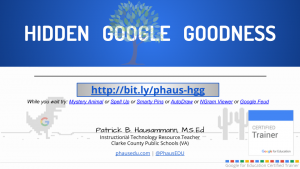
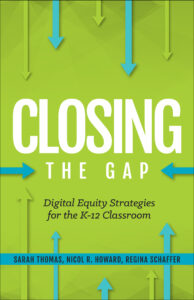
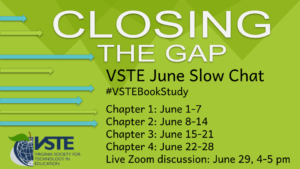
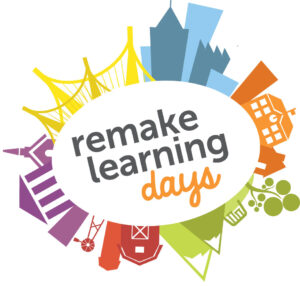 Remake Learning Days have come to the Delaware-Maryland-Virginia region. The celebration focuses on innovative, engaging opportunities for youth to experience learning. It continues through May 22, 2021, and many organizations including schools, museums, libraries, after school organizations, early child care centers, universities, media centers, tech startups and more are hosting hands-on, family friendly events related to the themes of Arts, Maker, Outdoor Learning, Science, Technology and Youth Voice. You can learn more at
Remake Learning Days have come to the Delaware-Maryland-Virginia region. The celebration focuses on innovative, engaging opportunities for youth to experience learning. It continues through May 22, 2021, and many organizations including schools, museums, libraries, after school organizations, early child care centers, universities, media centers, tech startups and more are hosting hands-on, family friendly events related to the themes of Arts, Maker, Outdoor Learning, Science, Technology and Youth Voice. You can learn more at 

